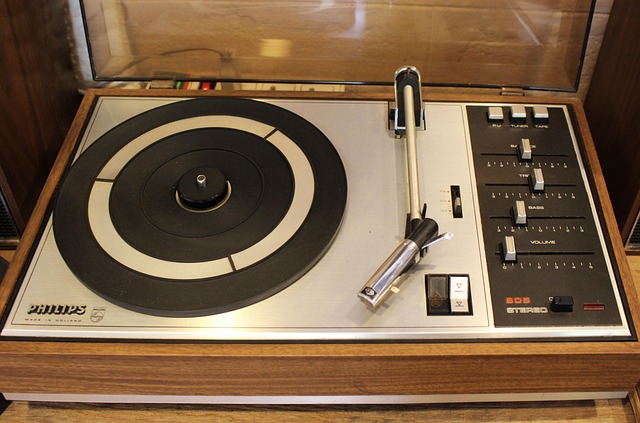In the world of home cinema, the magic lies in the seamless agreement between audio and video elements. When you step into your cinema room, you don’t just want to watch a movie; you want to be engulfed in a sensory experience that transports you into another realm. Achieving this perfect harmony requires an understanding of how audio and video work together.
First and foremost, let’s talk about audio. The sound system is the heartbeat of your home cinema. A high-quality surround sound system can make or break your viewing experience. Imagine the thrill of feeling the rumble of an explosion reverberate through the room or the delicate notes of a piano playing softly in the background. To achieve this, you need to invest in a surround sound setup that complements the size and shape of your cinema room. The placement of speakers is crucial; ensuring they are strategically positioned can create a three-dimensional audio landscape that draws you into the narrative.
Now, let’s shift our focus to video. A stunning display is just as vital to your home cinema experience. The choice of a projector or a television can significantly affect how you perceive the film. For a cinema room that evokes the feel of a professional theater, consider investing in a high-definition projector combined with a quality screen, as it provides a larger-than-life visual experience. However, the agreement between video and audio is what truly makes or breaks your cinematic adventure. Your video system needs to sync flawlessly with your audio; any lag or mismatch can pull you away from the emotional engagement of the film.
Calibration is another key player in establishing this agreement. Use tools like calibration discs or professional calibration services to ensure that your video and audio levels are balanced. This means not just adjusting the settings on your receiver but also ensuring that the audio latency matches video outputs. With a well-calibrated room, you are closer to achieving that immersive experience where sound and picture work in perfect harmony.
Lighting also plays a role in creating the best environment for your home cinema. Dimming your lights or using blackout curtains can significantly improve video quality, ensuring that colors are rich and true to life. Adding acoustic panels can further enhance your audio, reducing echo and deadening unwanted ambient noise, allowing the sound to resonate perfectly throughout the space.
Finally, consider the content you’re playing. Choose films with high-quality audio and visual tracks that take full advantage of your home cinema setup. Streaming services now offer a plethora of options with surround sound and high dynamic range (HDR) visuals that will highlight the capabilities of your equipment.
To sum up, achieving the ultimate agreement between audio and video in your home cinema room is an art. It requires a thoughtful combination of quality equipment, strategic placement, accurate calibration, and the right atmosphere. The payoff is a truly immersive viewing experience that transcends the ordinary, inviting you to lose yourself in the world of cinema.




